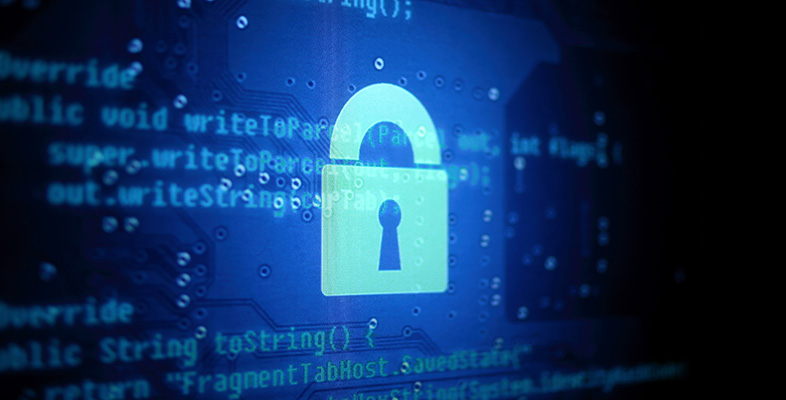8 Authentication
8.1 Overview of authentication methods
Authentication is needed to provide some assurance about the source of a message: did it originate from the location it appears to have originated from? One of the simplest authentication methods is the use of a shared secret such as a password. Assume that Alice and Bob share a password. Alice may challenge Bob to provide the shared password and if he does so correctly and Alice is confident that the password has not been compromised in any way, then she may be reassured that she is indeed communicating with Bob. (The use of passwords is examined in more detail in Section 9.2.)
Using the following steps, public key encryption can be used to provide an alternative challenge–response protocol between communicating entities who do not share a secret key:
Alice challenges Bob by sending him some random number.
Bob encrypts the random number using his own private key and sends the result to Alice.
Alice decrypts the message using Bob's public key. If the result matches her original random value and if she has confidence that the public key does indeed belong to Bob, then she may be assured that it is Bob who has sent the message to her.
In effect, when a message is encrypted with a private key, the key acts like the signature of the owner. As long as the key has not been compromised in any way it will act as an assurance of the authenticity of the message. However, Bob would be ill-advised to sign a document unless he was very sure about its contents. What if the value sent by Alice was not, after all, some random number but instead was an encrypted message giving instructions to Bob's bank to transfer funds into Alice's account? A better way for Bob to provide authentication when sending messages to Alice would be for him to create a digest of his message (message digests were discussed in Section 6.2) encrypted with his private key and to append this to the message he sends to Alice. On receipt Alice could create a new digest using an identical algorithm and compare this with the decrypted digest sent by Bob. If the two match and she is confident that Bob's private key has not been compromised in any way she may feel reasonably confident that the message did originate with Bob. Such an encrypted message digest is known as a digital signature.
